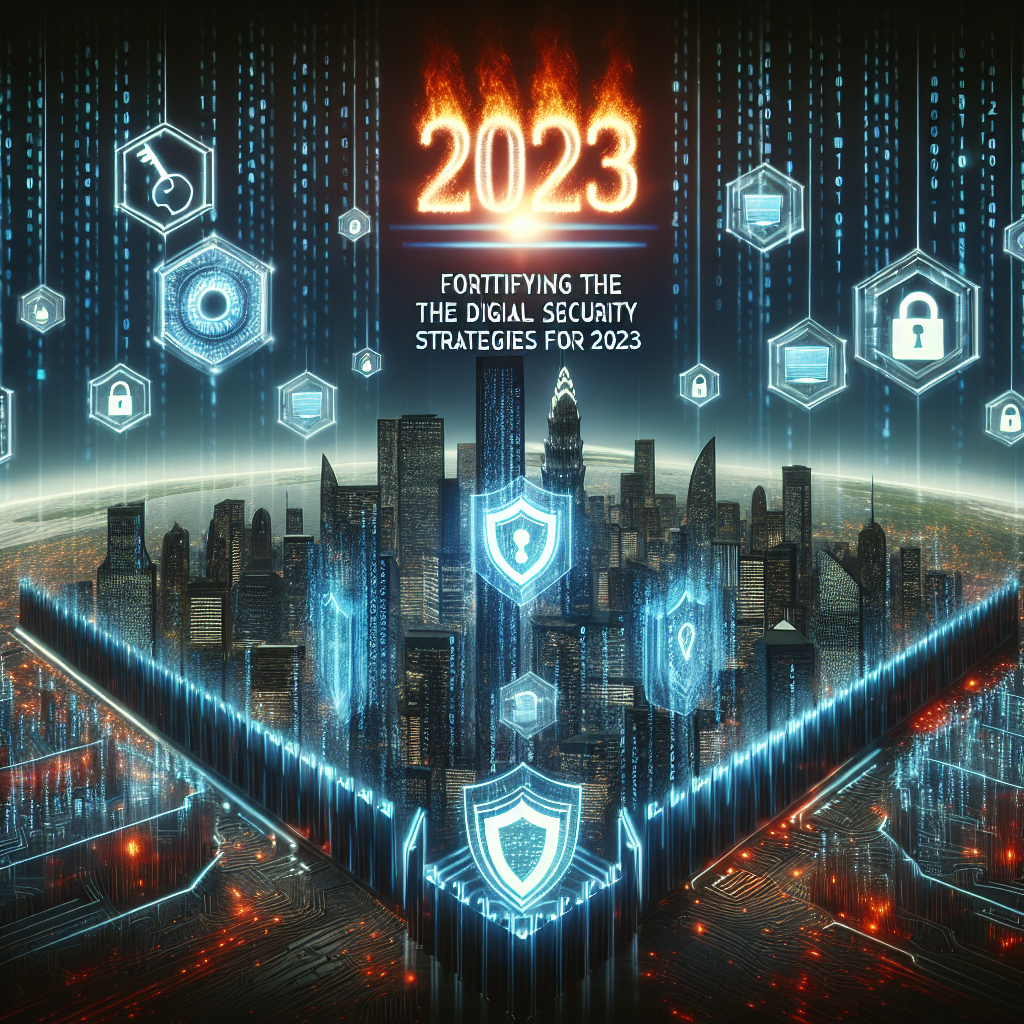In an increasingly digital world, cybersecurity has become a cornerstone of modern society. With the rise of online transactions, social media, remote work, and cloud services, the need for safeguarding digital information has never been more pressing. This article explores the fundamentals of cybersecurity, its importance, the various threats it seeks to mitigate, and the strategies and technologies employed to protect our digital lives.
What is Cybersecurity?
Cybersecurity refers to the practice of protecting systems, networks, and programs from cyber threats. These threats can manifest in various forms, including data breaches, ransomware attacks, phishing scams, and other malicious activities aimed at compromising the integrity, confidentiality, and availability of data. Cybersecurity encompasses a wide range of technologies and practices. Its primary goal is to defend computers, servers, mobile devices, electronic systems, networks, and data from unauthorized access and attacks.
The Importance of Cybersecurity
Protecting Personal Information
As individuals share more personal information online, the risk of identity theft and privacy breaches has drastically increased. Cybersecurity helps protect sensitive data such as Social Security numbers, banking information, and personal communications from being accessed by malicious actors.
Economic Stability
Cyberattacks can have severe financial implications for businesses and individuals. The costs associated with data breaches, including legal fees, regulatory fines, and loss of consumer trust, can be detrimental. Ensuring robust cybersecurity measures are in place helps maintain economic stability and supports business continuity.
National Security
Governments rely heavily on technology and the internet to carry out essential functions. Cybersecurity is crucial in defending critical infrastructure, including power grids, transportation systems, and emergency services, from potential threats. A successful cyber attack can disrupt national security and public safety.
Common Cyber Threats
Malware
Malware, short for malicious software, is designed to infiltrate and damage computers and networks. Common types of malware include viruses, worms, trojans, and ransomware. Each type has unique characteristics and can cause varying levels of damage.
Phishing
Phishing attacks typically involve deceptive emails or messages that trick users into revealing sensitive information, such as passwords or credit card numbers. These attacks can appear convincingly legitimate, making them particularly dangerous.
Denial of Service Attacks (DoS)
In a DoS attack, malicious actors overwhelm a network or website with traffic, rendering it inaccessible to legitimate users. This can disrupt services and lead to significant financial losses.
Insider Threats
Not all cyber threats come from outside an organization. Insider threats involve current or former employees misusing their access to compromise data. This can include intentional sabotage or negligent behavior that inadvertently exposes sensitive information.
Cybersecurity Strategies
Risk Assessment
Understanding potential vulnerabilities within an organization is critical for effective cybersecurity. Conducting regular risk assessments allows businesses to identify weaknesses and prioritize security measures accordingly.
Multi-Factor Authentication (MFA)
MFA adds an extra layer of security beyond just a password, requiring users to verify their identity through multiple methods (such as a code sent to their phone or a biometric scan). This significantly reduces the likelihood of unauthorized access.
Regular Software Updates
Keeping software, applications, and operating systems up to date is crucial in protecting against security vulnerabilities. Cybercriminals often exploit outdated software to launch attacks. Regular updates and patches can mitigate these risks.
Employee Training and Awareness
Employees can be a weak link in an organization’s cybersecurity strategy. Comprehensive training programs focused on identifying phishing attempts, secure password practices, and cyber hygiene are essential to enhance overall security.
Incident Response Planning
Developing a robust incident response plan prepares organizations to effectively handle cybersecurity incidents when they occur. This plan should outline procedures for detecting, responding to, and recovering from cybersecurity breaches.
Technologies in Cybersecurity
Firewalls
Firewalls serve as barriers between trusted internal networks and untrusted external networks. They monitor incoming and outgoing traffic and help prevent unauthorized access.
Antivirus Software
Antivirus programs detect and eliminate malicious software before it can cause harm. Regular scans and real-time monitoring are integral components of modern antivirus solutions.
Encryption
Encryption transforms data into a coded format to protect its privacy. Only authorized users with the correct key or password can decrypt the information, making it significantly more difficult for cybercriminals to access sensitive data.
Intrusion Detection Systems (IDS)
IDS monitor network traffic for suspicious activity and potential threats. They can alert organizations to intrusions and help in mitigating cyber attacks before they escalate.
Conclusion
In an era where technology permeates every aspect of life, understanding cybersecurity is essential for safeguarding our digital identities and sensitive information. As cyber threats evolve, so too must our strategies to combat them. By implementing robust cybersecurity measures, individuals and organizations can protect themselves and contribute to a safer digital landscape for everyone. Engaging in ongoing education, employing advanced technologies, and fostering a culture of security awareness are vital steps in defending against the ever-looming cyber threats that challenge our increasingly connected world.
[ad_2]In today’s interconnected era, understanding the nuances of cybersecurity is more important than ever. Speaking of safeguarding digital information, you might be interested in learning more about data breaches, which are a common threat in the digital space. Additionally, the rise in ransomware attacks poses significant challenges, highlighting the need for awareness and preparation. It’s also crucial to be aware of Distributed Denial of Service (DDoS) attacks, notorious for disrupting services by overwhelming resources. Moreover, understanding insider threats can help organisations mitigate risks from within. For a broader perspective on safeguarding digital assets, exploring best practices in cybersecurity can provide valuable insights and strategies. By staying informed and vigilant, we can all contribute to a safer digital environment.





